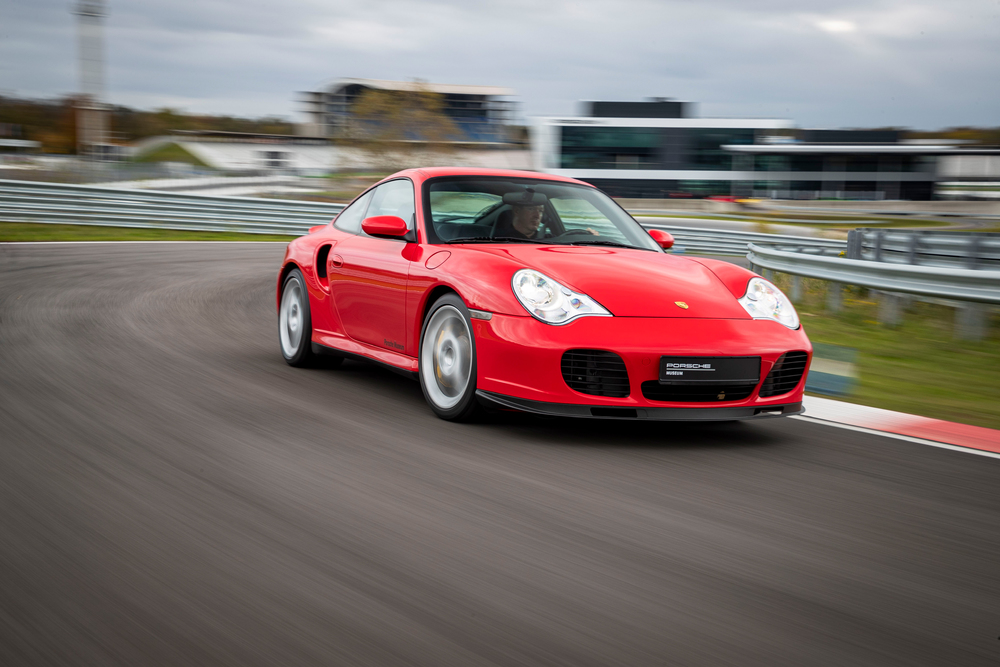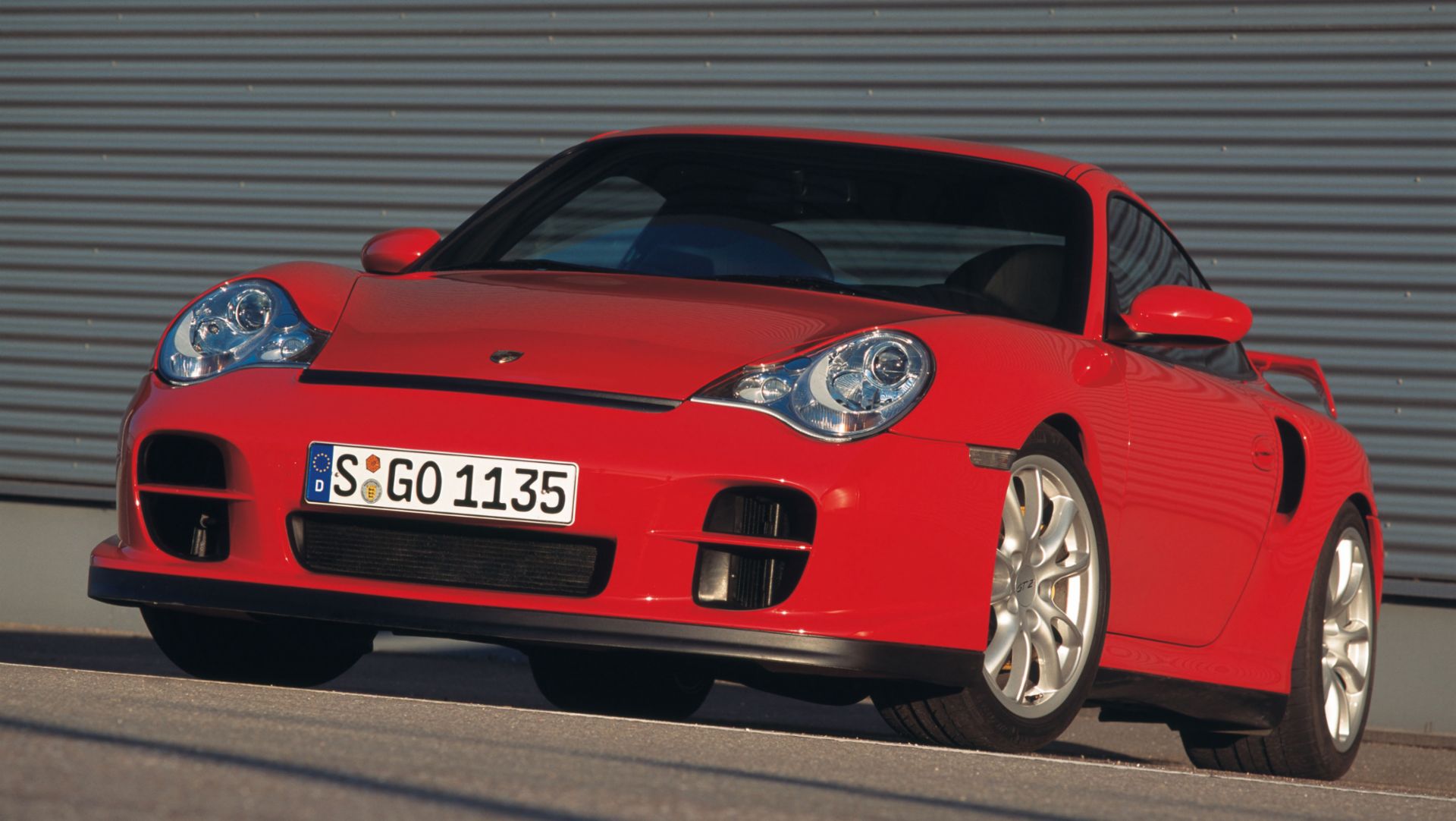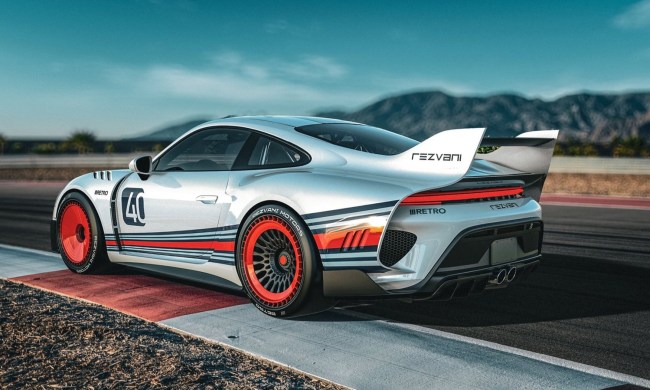The Porsche 996 is arguably the most controversial 911 produced in the vehicle’s 60-plus-year history. From changing the face of one of the world’s most iconic sports cars to sharing parts with a cheaper vehicle to removing one of the most unique features of its engine, the 996 did a lot to alienate enthusiasts. Despite a couple of decades passing since its launch, that ill feeling hasn’t dampened either. A 996 is still the cheapest 911 you can buy, and a good number of people will look down on you for purchasing one.
If you look at the front of a Porsche 996, it’s obvious that something is a little off. The vehicle has abandoned the 911’s traditional round headlights in favor of a shape that some have christened the “fried egg.” It was a bold move, and considering this headlight style has not been used before or since, it’s likely a move that did not pay off. While this aesthetic is the most obvious sticking point with a 996, the problems actually run a lot deeper.
But if it wasn’t for the 996, we may have never seen the more highly regarded 997. Or experienced the joys of the GT3. Or enjoyed anything else the company has churned out since the late 90s. We may have also been spared the Cayman and Panamera — but let’s focus on the positives of Porsche’s survival as an independent company.

The 996 had a lot wrong with it
The 996’s problems didn’t stop with the fried egg headlights. The decision to abandon air-cooled engines in favor of water cooling did not sit well with many Porsche purists. Worse still, there was a lot of overlap between parts on the flagship 996 and the much cheaper Porsche Boxster. In an effort to cut costs and improve margins, Porsche’s designers tried to use as many common parts as possible while still keeping both vehicles distinct in appearance. The sheer number of Boxster parts used has led to more derision from other Porsche owners. They already don’t see the Boxster as a “proper Porsche” and can confidently lump the 996 in the same category. The fact that a used 996 is also the de-facto “entry-level” 911 in terms of price probably doesn’t help matters.
The IMS bearing of some of the vehicles used had an incredibly high failure rate, with the bearing itself not being quite strong or well-lubricated enough to tolerate the forces put through it. A failed IMS bearing is pretty catastrophic and will cause tens of thousands of dollars worth of damage to an engine. The problem carried over into the 997, and was eventually mitigated by Porsche in around 2005.
Porsche’s IMS bearing failure issue wasn’t completely gone on the 996 and 997 Porsches following the fix, but failure rates were considerably lower. It’s such a prominent and potentially bank-breaking issue that people buying classic Porsche 996s or 997s are advised to switch out the bearing for a stronger aftermarket part — provided a previous owner hasn’t already done so.

The 996 may be motoring’s greatest antihero
As the 1990s drew to a close, the sports car manufacturer was in dire straits financially. It was looking like the company would end up being acquired and lose its independence like so many other iconic motoring businesses have. Or worse yet, there was a slim chance it could fold — though there’s probably no way a major conglomerate would let a brand that iconic just fade away into nothingness. Not when it would be available at a bargain price, anyway. Despite Porsche being a member of the “Volkswagen Group,” it actually holds a controlling stake in VW. The Porsche–Piëch family and their holding company Porsche SE
The 996 is ultimately what reversed Porsche’s fortunes and built a platform it could use to compete against other high-end manufacturers who were capable of ramping up the power output thanks to their water-cooled engines.
More than that, despite its controversial appearance, it sold a lot better than Porsche could ever hope for. While Porsche was looking to shift 30,000 vehicles to meet their financial needs — the 996 actually shifted around 50,000. Couple this with the accessible Boxter also selling well, and the German sports car company ended up on a far better footing than it could have hoped for.
So, while you may not want to own a 996, you should at least be happy it’s there. Because if it weren’t, Porsche wouldn’t be either.




